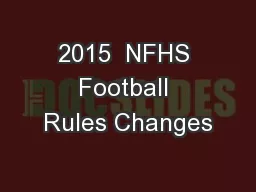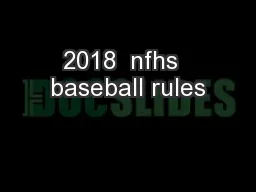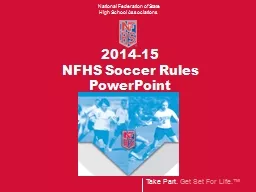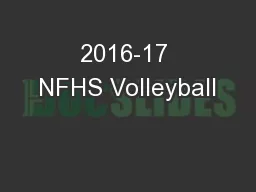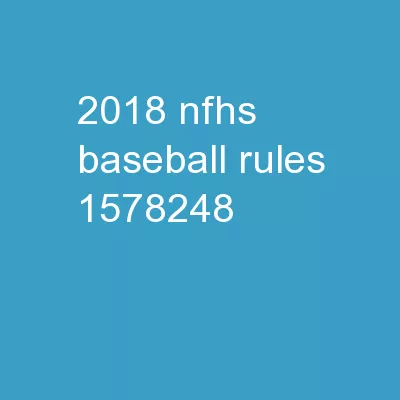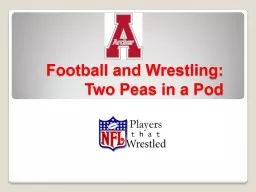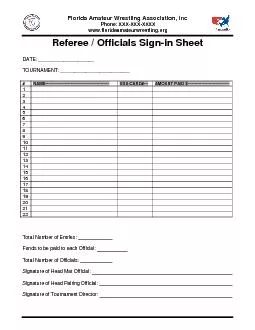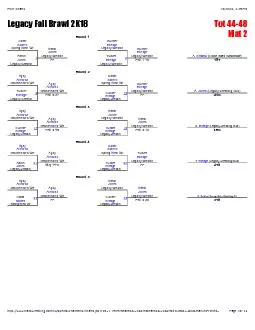PPT-2019-20 NFHS wrestling Rules PowerPoint
Author : conchita-marotz | Published Date : 2019-11-24
201920 NFHS wrestling Rules PowerPoint Rules Changes Points of Emphasis Officials Signal National federation of state high school associations NFHS National Federation
Presentation Embed Code
Download Presentation
Download Presentation The PPT/PDF document "2019-20 NFHS wrestling Rules PowerPoint" is the property of its rightful owner. Permission is granted to download and print the materials on this website for personal, non-commercial use only, and to display it on your personal computer provided you do not modify the materials and that you retain all copyright notices contained in the materials. By downloading content from our website, you accept the terms of this agreement.
2019-20 NFHS wrestling Rules PowerPoint: Transcript
Download Rules Of Document
"2019-20 NFHS wrestling Rules PowerPoint"The content belongs to its owner. You may download and print it for personal use, without modification, and keep all copyright notices. By downloading, you agree to these terms.
Related Documents



